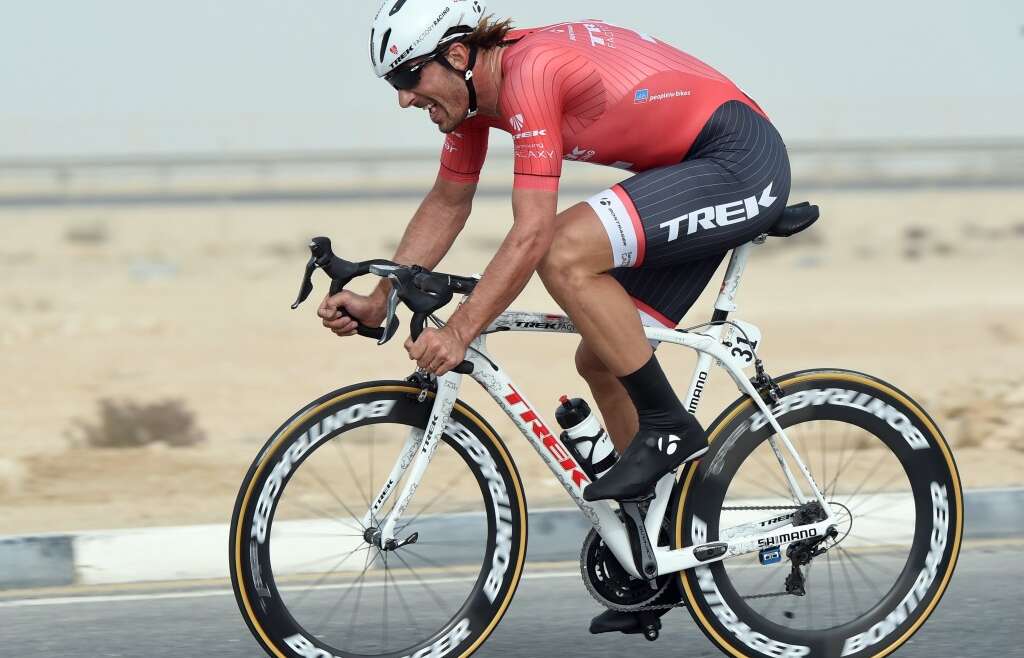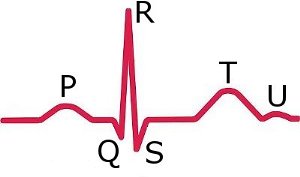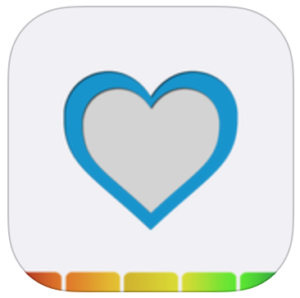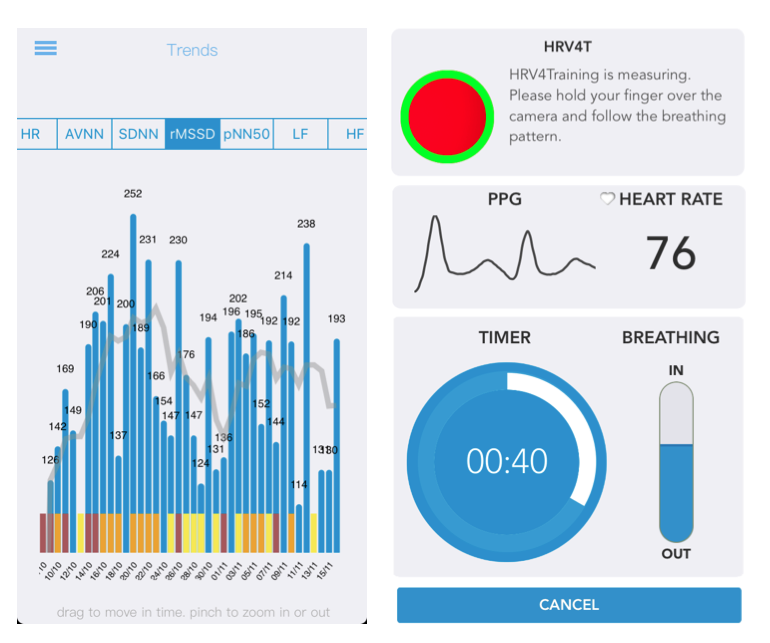What is heart rate variability?
Heart rate variability (HRV) is the difference in time between each individual heart beat. buy tramadol https://99percentinvisible.org/ tramadol shop apotheke For example your heart rate may be 60 beats per minute, however there will be slight variation in the time between each beat. HRV increases over time with increasing fitness, it reduces with age, it also reduces following intense training sessions.
The electrical signal of the heart can be measured on an electrocardiogram, giving a reading looking like this:
The part of the nervous system that regulates the function of the organs and the cardiovascular system is the autonomic nervous system (ANS)1. This has two sections, the sympathetic nervous which stimulates things for example exercising, and the parasympathetic nervous system for digesting, sleeping and recovering. The interplay between these can be measured through HRV analysis.
A calculation is used to arrive at the rMSSD (the square root of the mean squared difference successive normalized RR [beat-to-beat] intervals). rMSSD has been shown to be the most accurate representation of parasympathetic nervous system activity2.
How to measure it yourself
Apps such as Camera Heart Rate Variability and HRV4Training utilise the camera on your smart phone to measure and analyse your heart rate variability. App developer, data scientist and PhD candidate Marco Altini explains how:
“Camera HRV uses a technique called photoplethysmography (PPG), which consists in detecting changes in blood volume during a cardiac cycle, by illuminating the skin and measuring changes in light absorption. PPG has become quite a popular non-invasive method for extracting physiological measurements such as heart rate and oxygen saturation.”
You can see below beat-to-beat (or RR interval) variation produced by the PPG graph in the Camera Heart Rate Variability app.
Why is this useful for athletes?
Analysis of HRV in sport is a non-invasive method for evaluating the body’s reaction to training loads, recovery methods and overtraining syndrome2.
“Every training session can be considered as stress to the body, which in turn causes disturbance of homeostasis and ANS modulation. These changes in ANS activity are manifested by increased sympathetic and/or decreased parasympathetic activity of the ANS and are reflected by HRV parameters”
– Makivic & Bauer (2015)
Monitoring the effect of this stress on the body can help to determine the effectiveness of recovery strategies, the body’s readiness to train, identify and manage over training, and plan future training blocks.
For $5.99 CameraHRV and $7.99 HRV4Training these are a relatively inexpensive and simple form of training analysis.
For further resources I highly recommend reading Marco Altini’s HRV4 Training blog.
If you would like to discuss how to implement HRV measuring into your current training please contact info@
About the Author:
Dr. Brendan O’Loughlin is a Co-director and Osteopath at the Competitive Sports Clinic located in the Essendon District. Brendan has particular interests in sports injuries, exercise rehabilitation and running and cycling analysis.
References
1. Aubert, A., Seps, B., & Beckers, F. Heart rate variability in athletes. Sports Medicine 2003; 33:889-919.
2. Plews, D., Laursen, P., Kilding, A., & Buchheit, M. Heart rate variability in elite triathletes, is variation in variability the key to effective training? A case comparison. European journal of applied physiology 2012;112(11), 3729-3741.
3. Makivic, B., & Bauer, P. Heart rate variability analysis in sport. ASPETAR sports medicine journal 2015; 4(2):326-331.








